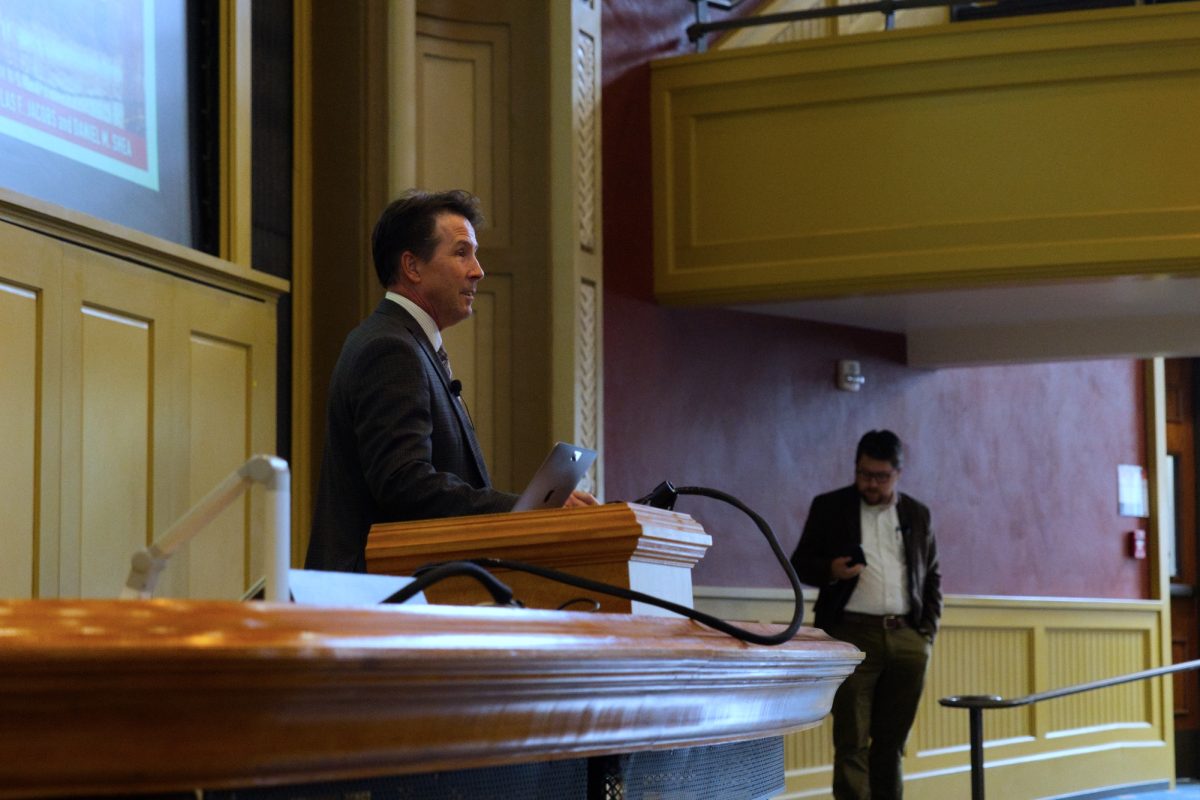Urban sprawl trend hits north Ames
November 30, 1998
Over the past few years, questions about the possible ramifications of urban sprawl have been raised in central Iowa.
North Ames is one area that has generated some concern, as construction has taken over large amounts of formerly agricultural land.
“North Ames is almost to its limit according to the Land Use Policy Plan,” said Joe Pietruszynski, GIS planner for the City of Ames. “It has been developed rather quickly and does not have much further to go.”
The Land Use Policy Plan was developed by the Department of Planning and Housing for the City of Ames to monitor land development, population growth and land use in Ames, he said.
“The LUPP projects [Ames] growth through the year 2030, and we try to protect the areas zoned as farmland,” Pietruszynski said. “The LUPP draws up where the city sees it should grow and where that growth should occur.”
Elizabeth Hamin, assistant professor of community and regional planning, said the goal of the projects is to make growth more efficient in terms of land use and money.
“Nobody wants to stop growth,” Hamin said.
Hamin has been a part of the Iowa Commission on Urban Planning, Growth Management of Cities, and Protection of Farmland for more than a year.
The commission looks at urban sprawl around Des Moines to try to find ways to decrease development of untouched land and increase use of previously developed land, Hamin said.
“Ed Fallon, a representative for the Iowa Legislature, recognized that the decline in inner city urban areas is connected with the growth and development of suburban, farmland areas,” Hamin said.
Hamin said Fallon started the commission to determine why urban areas aren’t growing in “smart” ways.
“People like [that] nice new houses, and taxes are less in the country than in the city,” Hamin said. She said the negative side of urban sprawl is the cost.
“It is expensive to provide services for [new houses outside city limits]. For example, new roads need to be built, sewer systems put in place, schools need to be built, and it uses up farmland,” Hamin said.
“We aren’t telling people they will live in apartments; that is not going to happen in Iowa,” Hamin said.
Ray Anderson, planner for the City of Ames’ Department of Planning and Housing, said the goal for growth is to keep it cost efficient by increasing the efficient use of land.
“The goal is to keep cost efficient, environmentally responsible, planned, orderly growth,” Anderson said.
“We want to provide services to the people that live in Ames at the lowest possible cost,’ he said.
Pietruszynski said higher density equals more efficient land use and less consumption of land.
For example, he said one housing development might also include a small grocery and gas station, as well as smaller lot sizes.
“It puts more people on less acres, and it tries to consume less land with the same number of people,” Pietruszynski said.
It is up to the politicians to decide if more land is needed for development, Pietruszynski said.
Hamin said many Iowans are against urban sprawl.
“We are an agricultural state, and many want it to stay that way,” Hamin said.
“There is value in that, and it is a moral issue for many,” she said.






